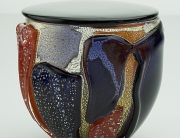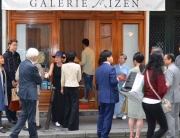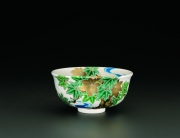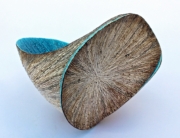Shozo Michikawa started his French tour at the Mizen Gallery of Fine Art on October 17. His terracotta sculptures have certainly started to enjoy some popularity with the artwise public for sure.
Collectors as well as connoisseurs are both invited to view these unique pieces made from a certain type of earthenware clay that has is background in the volcanic soil in Japan.
Originally having been born in Hokkaido, he combines local themes with a sort of high-energy modernism that’s uniquely his own. He enjoys working with different materials and shaping different types of clay.
Clays and enamels are something that Michikawa-sensei feels can trigger a serious physical and emotional response in his viewers. Traditional Japanese thinkers have long felt that works of art are more than just objects to be looked at. They’re mysteries that need to be lived by those who appreciate them.
While these works are all apparently simple, they require an incredible amount of dexterity when it comes to Michikawa-sensei working with them on a potter’s wheel. His hands follow the motion on the wheel to just about the breaking point.
Michikawa-sensei starts by carving raw squares of clay. He ends up bringing twists into these squares by squeezing the insides of them. Helixes are constantly repeated themes throughout his work.
He was actually able to offer a live performance on October 24 at the Maison de la Culture du Japon. Nevertheless, his works exhibit an incredible degree of motion even when they’re viewed exclusively as static pieces.

Many of Michikawa-sensei’s have a definite feeling of motion, which is conveyed in an abstract sense.
Twists and turns are found throughout the sculptures. Some of these are done in ways that most people who are experienced in examining terracotta pieces might be surprised at. The artist has found many new ways to use the medium using his own techniques, which would be difficult to reproduce using any other methods.
Those who got to view his work in progress, however, also met up with Marion Chottin, who is an experienced researcher in the field of philosophy. Chottin completed the tour with some interesting commentary on the unique dilemma that comes with manually experiencing art.
Some pieces of course need to be touched to be experienced, but there is always a dilemma involving opinions on whether or not anyone should that. Regardless, Michikawa-sensei’s work provides a rare opportunity for people to experience these tactile sensations without even actually reaching out and touching anything. The motion is simply inherent in the design itself.







